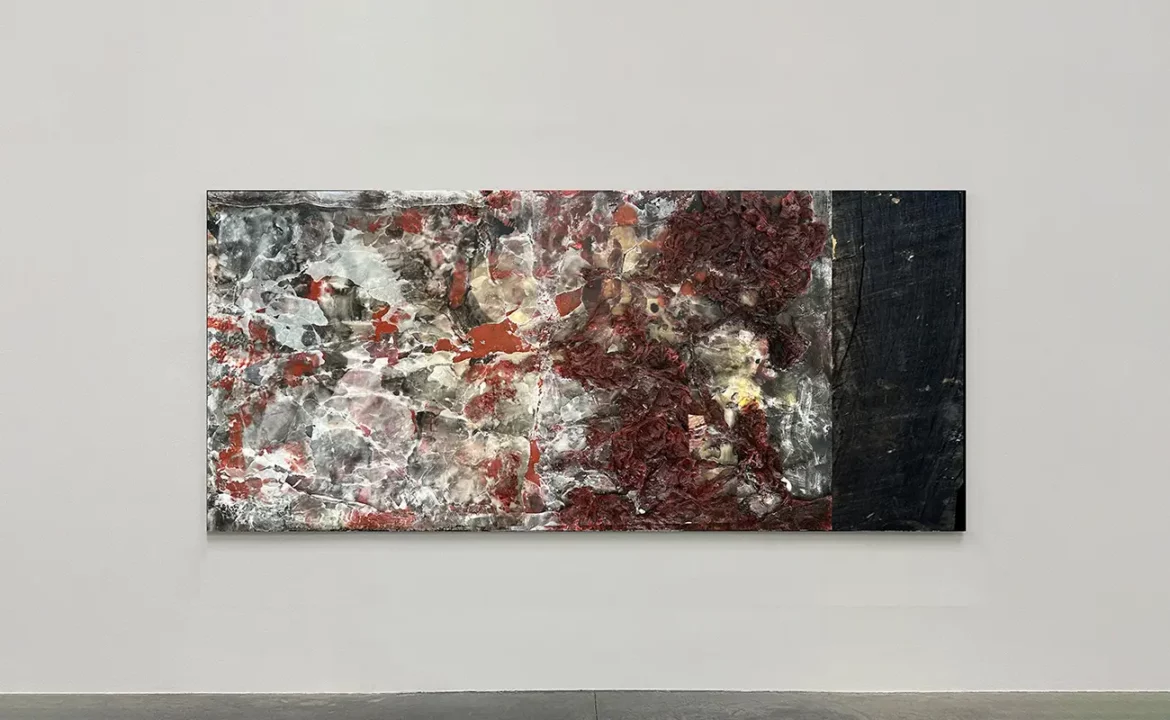Unearthed Histories, Felt Through Form
Monica Perez’s practice is neither bound by medium nor confined by traditional aesthetics. This Uruguayan-born artist navigates the porous boundaries between painting, sculpture, and installation to confront and reconsider the buried residues of colonialism. Working primarily with elemental materials such as wool, wax, soil, and chalk, she engages with their complex cultural, ecological, and political connotations. These substances do not serve as mere tools for expression but assert their own presence. They participate in shaping the work, charged with the weight of their own histories. Each fiber, pigment, or fragment of earth becomes a partner in Perez’s process, challenging viewers to consider not only what is made but also what has been endured.
Perez’s art draws attention to the violence that has been sanitized in historical accounts, particularly the brutal transformation of Uruguay’s landscapes under colonial economies. The country’s entanglement with the British wool trade serves as the focal point of her long-term project, COST, which arose during her time studying at the Royal College of Art in London. There, she began tracing the historical arc linking her birthplace with the former colonial center, revealing how England’s textile wealth depended on the reorganization of faraway territories, including Uruguay. Sheep farming, once seen as benign or pastoral, becomes in her work a symbol of commodification, dispossession, and genocide. The wool itself, which Perez sources in raw, unprocessed form, carries with it lanolin, scent, and residual memory — reminders that commodities are never neutral.
In this way, Perez resists the polished finality of traditional object-making. Her works are not static artifacts but living surfaces marked by rupture, repetition, and tension. Through gestures like staining, binding, and layering, she imbues each piece with the urgency of both resistance and ritual. These repeated motions reflect a deep attentiveness — to history, to material, and to the body in motion. Her pieces ask to be encountered slowly, not solved. They do not offer tidy narratives or comforting resolutions. Instead, they hold open a space for reckoning, drawing viewers into a visceral proximity with the cost of forgetting.

